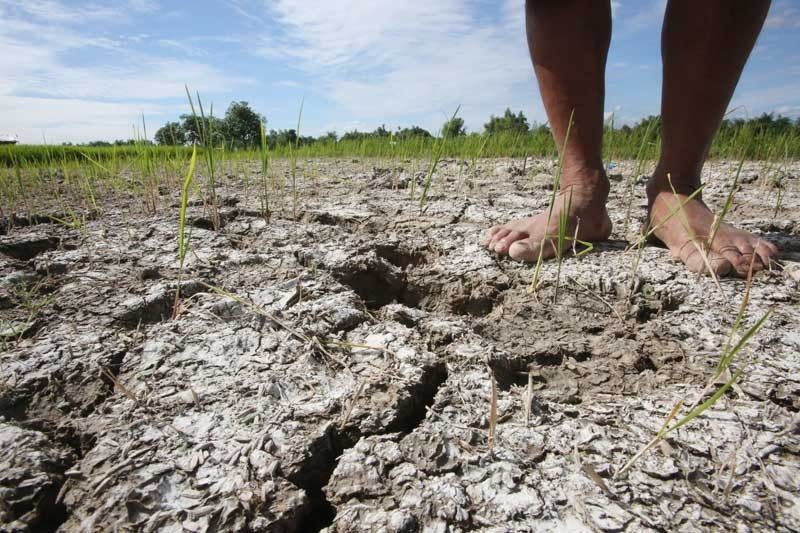El Niño may develop later in 2018

MANILA, Philippines — El Niño may develop later this year, the Philippine Atmospheric, Geophysical and Astronomical Services Administration (PAGASA) warned yesterday.
Citing latest data of the World Meteorological Organization, Ana Liza Solis, officer-in-charge of PAGASA’s climate monitoring and prediction section, said most models showed gradual warming of the tropical Pacific, eventually reaching a possible weak El Niño level by the fourth quarter of 2018.
She said a neutral condition (meaning no El Niño or La Niña) will prevail from June to August, with the chance of El Niño increasing to 60 percent at the end of 2018.
Solis said below to near normal rainfall is expected in many parts of the country from July to December.
However, above normal rains are likely to prevail next month over the western section of Luzon, particularly Zambales, Pampanga and parts of the Ilocos region.
PAGASA also forecast generally near average to slightly warmer than average surface air temperatures over most parts of the country during the outlook period.
The US National Oceanic and Atmospheric Administration has issued an El Niño watch, indicating an increasing chance for El Niño conditions to develop later this year.
The established threshold of sea surface temperature anomaly for an El Niño phenomenon is 0.5 degrees Celsius or higher during a three-month period.
10 to 14 cyclones to enter PAR
PAGASA also said around 10 to 14 cyclones more cyclones are predicted to enter the Philippines until the end of the year.
Solis said most of the cyclones are expected to hit the country between July and September. Most cyclones that enter the Philippines in the last quarter make landfall.
“If in case we receive only 10 to 11 cyclones (this year), which is below the average (19 to 20 annually), this could be a precursory impact of the El Niño,” Solis said.
In 2015, only 15 cyclones visited the country due to a strong El Niño, which brought drought in many parts of the country.
- Latest
- Trending



























